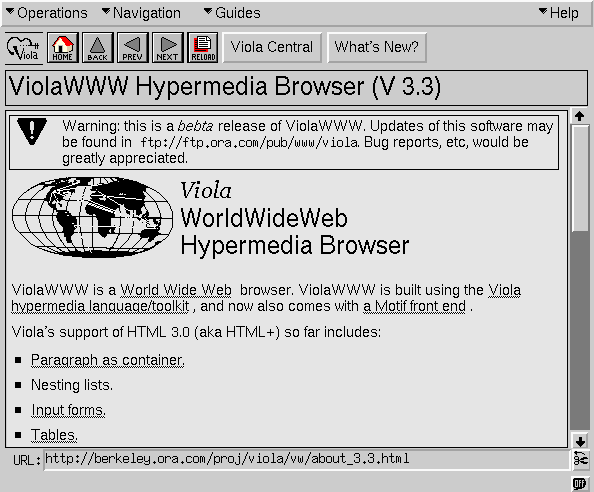History Of Networking – Fred Baker – QoS & DS Bit
In this, the very first History Of Networking episode of Network Collective, Fred Baker joins us to talk about his involvement with Quality of Service and the Differentiated Services model. Fred Baker has been involved with the IETF since 1989, served as IETF chair between 1996 and 2001, and has done much work to establish standards in the data networking industry.
Outro Music:
Danger Storm Kevin MacLeod (incompetech.com)
Licensed under Creative Commons: By Attribution 3.0 License
http://creativecommons.org/licenses/by/3.0/
The post History Of Networking – Fred Baker – QoS & DS Bit appeared first on Network Collective.
 I want to draw some attention to a new document I’ve written titled “
I want to draw some attention to a new document I’ve written titled “ Juniper gets a new CTO from Google; Find out how Cisco's intent-based networking works.
Juniper gets a new CTO from Google; Find out how Cisco's intent-based networking works.


